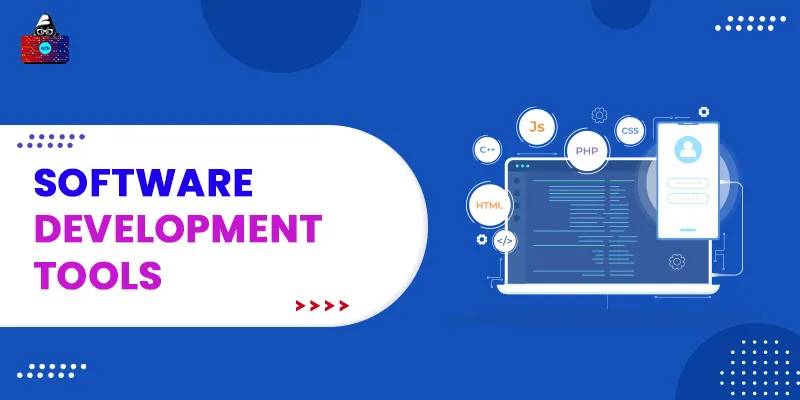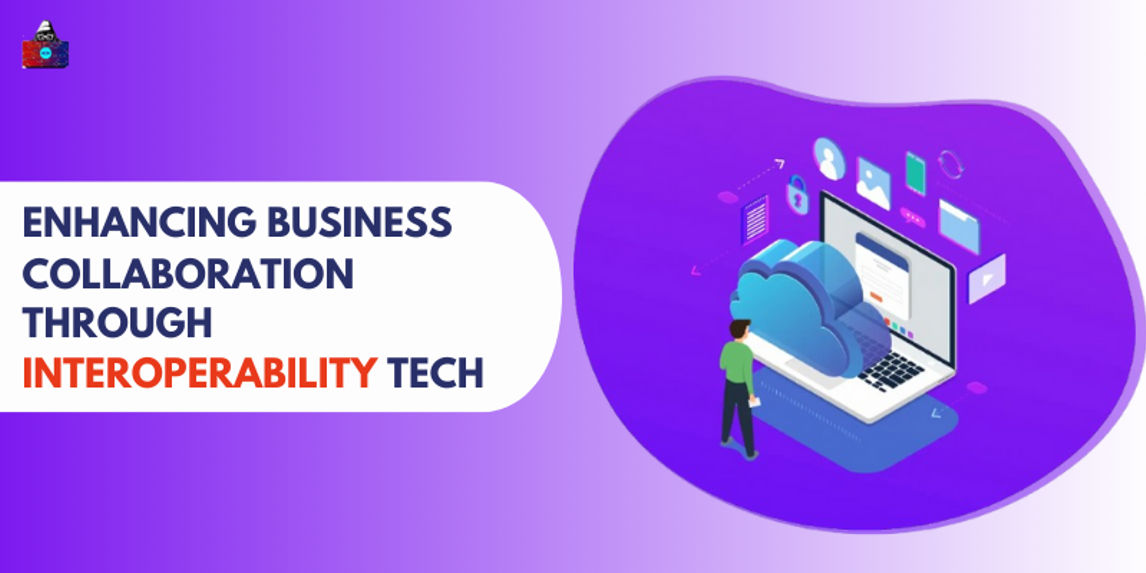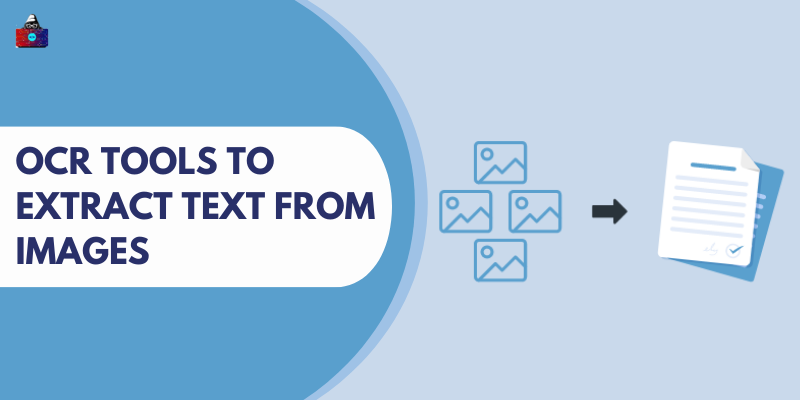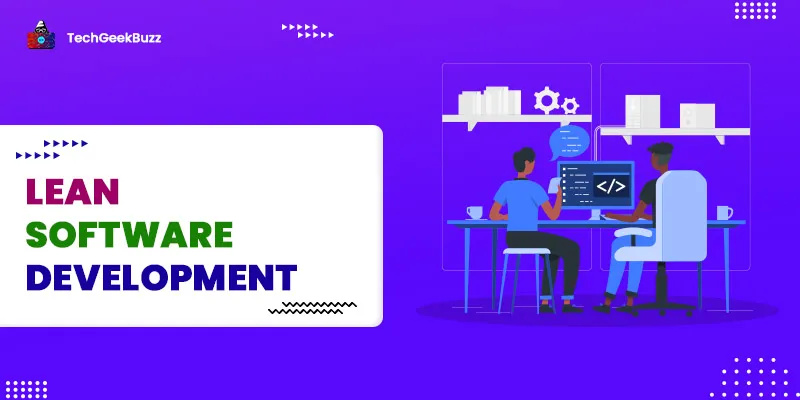The software industry is one of the world's fastest-growing industries. The usage of computer software or apps is now more widespread than ever. From individuals to organizations across the globe, everyone today is using different software to accomplish a wide range of tasks. Software applications are used in almost every domain, including education, transportation, marketing, and government agencies. They are powering the world and have become an indispensable part of our lives.
Human requirements drive the development of software applications. Because human needs are ever-growing and ever-changing, new software programs are developed to fulfill those needs. Developers or programmers use software development tools to build robust software applications. A plethora of software development tools is available out there. Therefore, it might seem quite hard to pick the best and the appropriate software development tools.
This article will make you familiar with some extensively used software development tools. But before that, you will learn what exactly a software development tool is along with some significant factors to consider while choosing the best software development tools.
What is a Software Development Tool?
A software development tool, also known as a software programming tool, is a computer program used by developers to create, debug, and maintain software applications. Software development tools can be of various types, like code editors, compilers, GUI designers, debuggers, assemblers, integrated development environment (IDEs), performance analysis tools, linkers, etc. The most fundamental software development tools used are source code editors, compilers, and interpreters. The use of other development tools depends on the development methodology, programming language, and the personal preferences of developers.
4 Factors to Consider while Choosing a Software Development Tool
With hundreds and thousands of software development tools out there, choosing the right one can be an intimidating task. The choice of a software development tool can make or break your project. Therefore, it is essential to pick the right tool. There are certain factors to take into account while picking any software development tool. Let us discuss them below.
1. Company Standards
Many large-scale and small-scale companies mandate the use of certain tools in order to adhere to the established policy or meet specific objectives. Such standardization of tools helps developers to use appropriate tools for their projects. Also, the management team gets an assurance that similar processes are being employed for developing different projects, which also results in consistent product quality.
2. Learning Curve
It is essential to consider the learning curve of a tool that you choose for software development. The development tool that you choose should have an easy learning curve. Otherwise, you have to spend a lot of time mastering the tool that has a steep learning curve.
3. Integration
Integration is yet another significant factor to take into account while picking a software development tool. In general, the tool you choose should seamlessly integrate with other tools that you need for developing a project.
4. Prior Experience with the Tool
While selecting a tool, it’s important to consider if you have prior experience working with it. If you have worked with a development tool earlier, you can easily decide whether the same tool is useful for your current project or not.
Top 10 Software Development Tools
Software development tools are classified into different categories, like IDEs, developer tools, database tools, frameworks, source code editors, etc. Here we have picked the best software development across some major categories.
Developer Tools
A developer tool helps to create, test, and debug software programs.
1. Embold
Embold is one of the most popular developer tools that analyzes the source code and uncovers issues that can impact the security, robustness, and stability of a project.
Features:
- Component Explorer: This feature arranges the components of a project in ascending order, with the most complicated ones on the top.
- Anti-Pattern Detection: Some structural issues may emerge over time when we add any new functionality to our code. Such issues are referred to as anti-pattern. The anti-pattern detection feature detects anti-patterns in your code.
- Integration: Embold can seamlessly integrate with many other tools, including Jenkins, Jira, Visual Studio Code, and GitHub.
- Plugins: Embold provides plugins for three source code editors, namely Visual Studio Code, Android Studio, and IntelliJ Idea.
- Security Checks: It is capable of detecting security vulnerabilities, like memory leaks, in your code.
Pricing: Embold comes with three different pricing plans, namely Free, Premium, and Enterprise. The Free plan charges nothing and is completely free to use, the Premium pack charges $4.99 per month, and the Enterprise pack can be customized by contacting the vendor.
2. Linx
Linx is a low-code software development platform for building and hosting APIs, automation, and integrations without requiring the code, framework, or infrastructure. Also, this tool enables you to host your solutions in the cloud and on-premise with its built-in management and monitoring feature.
Features:
- Low-Code IDE: It offers pre-built building blocks for writing the source code for complex applications. Also, it enables you to test your logic at every step of your build.
- Plugins: Linx has a built-in plug-in containing different types and functions. Types in Linx plug-in are Boolean, Byte, DateTime, String, List, Double, Integer, and Decimal. Functions in Linx plug-in are AddToList, CleatList, ForEach, IfElse, TryCatch, ThrowException, SetValue, and DoWhile.
- Application Server: A Linx server lets you host your Linx solutions in the cloud or on-premise.
- Dashboard: Linx has an all-in-one dashboard that allows real-time management of all its services.
Pricing: Linx Designer, an IDE to build and debug back-end services, is free to use. Linx Server, a server to host back-end services developed using Linx Designer, is available in five different plans, namely Starter, Business 1, Business 2, High Availability, On-Premise. You can buy the Starter plan at $49 per month, the Business 1 plan at $99 per month, and the Business 2 plan at $199 per month. For the High Availability and On-Premise plans, you need to contact the vendor.
IDE
IDE stands for Integrated Development Environment. It is a software suite that combines fundamental development tools, like a source code editor, build automation tools, and a debugger.
3. NetBeans
NetBeans is a widely used open-source integrated development environment for Java. It is compatible with Windows, Linux, Solaris, and macOS systems and is licensed under the Apache License 2.0. We can use Netbeans to build top-grade web, desktop, and mobile applications. Besides Java development, Netbeans also offers plugins for other programming languages, such as C, JavaScript, C++, and PHP.
Features:
- NetBeans Profiler: It is a tool used for monitoring Java applications. It provides information about an application’s runtime behavior. Also, it assists developers in determining memory leaks and optimizing the speed of an application.
- GUI Design Tool: This tool lets you prototype and design Swing components by dragging and dropping GUI components. Previously, the GUI design tool was known as Project Matisse.
- NetBeans JavaScript Editor: The JavaScript editor offers extended support for CSS, AJAX, and JavaScript. It provides features like code completion, syntax highlighting, generation of JavaScript class skeletons, refactoring, and automation browser compatibility checks.
Some other notable features of NetBeans are Maven support, version control, and an Ant-based project system.
Pricing: Free
4. Cloud9 IDE
Cloud9 IDE is a cloud-based integrated development environment offered by Amazon Web Services (AWS). It lets you write, run, and debug the code using just a browser. It consists of a code editor, debugger, and terminal. Also, Cloud9 supports several popular programming languages, such as Ruby, Perl, C, C++, Python, PHP, Go, and JavaScript.
Features:
- It offers syntax highlighting for all the supported programming languages.
- For JavaScript, it offers code reformatting and code refactoring.
- As we type in the browser-based editor of Cloud9 IDE, the code completion and code hinting suggestions help us to write error-free code.
- Cloud9 IDE comes with an integrated debugger that offers capabilities, like setting breakpoints, stepping through code, and inspecting variables of applications developed using supporting programming languages.
- It has a built-in terminal that supports npm and basic Unix commands.
- Cloud9 IDE also offers a built-in image editor.
- It offers support for deployment to Heroku, Joyent, Microsoft Azure, SFTP/FTP, and Google App Engine.
Pricing: The Cloud9 IDE charges on a pay-as-you-go basis.
Source Code Editor
A source code editor is a text editor that lets developers and programmers write and edit the source code of computer programs or applications. Source code editors are available as standalone applications or are integrated into an IDE.
5. Atom
Atom is a free and open-source text and source code editor, and it is compatible with Windows, macOS, and Linux. Atom is developed using CoffeeScript and Less languages, and it is licensed under the MIT License. It is also called a ‘hackable’ text editor, meaning that it is customizable.
Features:
- Package Manager: It has a built-in package manager that lets you search for and install packages. Also, it enables you to create your own packages.
- Smart Auto-completion: Atom’s smart and flexible auto-completion feature helps you write code quickly and faster.
- File System Browser: You can browse and open a single file, a whole project, or multiple files of a single project.
- Multiple Panes: It allows you to split the Atom interface into multiple panes. With this feature, you can edit code across multiple files.
- Customization: You can change the style of Atom by tweaking its structure with CSS or LESS.
Pricing: Free
Database Tool
A database tool is a software program consisting of all utilities and tools required for designing and managing a database schema.
6. DbSchema
DbSchema is a virtual database designer tool for schema management and documentation. It supports all relational and NoSQL databases, including MongoDB, MySQL, MariaDB, SQLite, PostgreSQL, Snowflake, etc.
Features:
- Logical and Physical Design: In a logical design, you can create one-to-one, many-to-many, identifying, and non-identifying relations. From a logical database design, you can create a physical design.
- Interactive Diagrams: DbSchema utilizes diagrams or layouts to interact with the schema.
- HTML5 Documentation: You can generate HTML5 documentation by adding comments to tables, columns, and foreign keys.
- Visual Query Builder: It enables you to create SQL queries visually without requiring you to write code.
- Relational Data Explorer: It lets you visually explore data from multiple tables.
- Edit & Execute SQL Queries: With the SQL editor, you can highlight the syntax, execute queries, plan graphical query execution, and save results as CSV or XLSX files.
- Data Import: It lets you import data from various files into the database.
Pricing: There are two different pricing plans for DbSchema, namely DbSchema Free and DbSchema Modeller Pro. The DBSchema Free plan charges nothing. On the other hand, the DbSchema Modeller Pro requires purchasing a license. We can purchase a license for educational, personal, and commercial purposes. The Academic license is available at $98, Personal at $196, and Commercial at $294. All these licenses are perpetual and will never expire.
Frameworks
A framework in software programming is a platform for developing high-functionality software applications. It acts as a basic building structure or foundation that allows developers to build applications with ease.
7. Bootstrap
Bootstrap is a free and open-source CSS framework used for developing mobile-first and responsive websites. It is an open-source front-end toolkit containing powerful JavaScript plugins, a responsive grid system, Sass variables and mixins, and extensive pre-built components.
Features:
- Bootstrap is an easy-to-use framework for those with a basic understanding of CSS and HTML.
- Applications built on Bootstrap are mobile-friendly.
- It can seamlessly integrate with other frameworks.
- It is compatible with all modern browsers, including Google Chrome, Safari, Internet Explorer, Firefox, and Opera.
- Bootstrap comes with multiple JavaScript components in the form of jQuery plugins, providing additional interface elements, such as tooltips, carousels, and dialog boxes.
- Components, such as buttons, drop-downs, navigation, badge alert, and progress bar, are pre-styled.
Pricing: Free
8. Django
Django is an open-source and free Python-based framework that follows the Model-Template-View (MTV) architecture. Licensed under the 3-clause BSD, it is developed and maintained by the Django Software Foundation. The sole purpose of this framework is to make it easier for developers to create complex data-driven websites.
Features:
- Rapid Development: The Django framework was developed with the aim of making the web development process quick and effortless. Developers find Django helpful when it comes to the rapid development of websites.
-
Bundled Applications:
Django has the ‘contrib’ package that contains the following:
- A dynamic administrative interface.
- Tools for generating Google Sitemaps.
- A framework for creating GIS applications.
- An extensible authentication system.
- A ‘Sites’ framework that enables developers to run multiple websites on one Django installation.
- Tools for generating RSS and Atom syndication feeds.
- Extensibility: We can plug a third-party code into a regular Django project using Django’s configuration system, provided that it follows the reusable app conventions. There are more than 2500 packages that extend Django’s original behavior and offer additional features.
- Versatile: Django is versatile since it lets developers build applications for different domains. We can use it for building content management systems, social networking sites, and many other secure and reliable websites.
Pricing: Free
Cloud Tools
Cloud tools help us develop online or web-based applications that are accessible via a web browser.
9. Azure
Microsoft Azure is extensively used to develop, debug, deploy, and manage cloud applications. It supports multiple programming languages, frameworks, and tools. Developers use DevOps solutions provided by Azure to develop reliable cloud applications. Azure helps developers to use the right combination of DevOps technologies for continual software delivery.
Pricing: Azure charges on a pay-as-you-go basis.
Source Control Tools
Source control tools help us manage source code while developing software applications.
10. GitHub
GitHub is one of the most advanced and largest development platforms globally. It is a hosting site where programmers and developers can upload their code and work collectively to improve their code. It allows you to host your project’s source code, and other GitHub users can review that code and propose changes to improve it. This collaborative platform brings coding experts and development teams together to share their ideas and various development approaches and develop software together.
Features:
- It enables you to publish packages privately, within your team, or publicly, as per your preference.
- GitHub’s Gist enables you to host your code. Also, it lets you browse and find other developers’ code snippets developed in a variety of languages.
- It also has a built-in command-line interface (CLI).
Pricing: GitHub comes with three different pricing plans, namely Free, Team, and Enterprise. The Free plan does not require any subscription, the Team plan charges $4 per user per month, and the Enterprise plan requires $21 per user per month if billed annually.
Conclusion
All of the above-mentioned tools are robust, feature-rich, and facilitate the software development process. But before choosing any software development tool, make sure that it satisfies your project requirements because picking the wrong tool may end up in project failure.
In our list of top software development tools, some tools are free, while some require subscriptions or charges on a pay-as-you-go basis. We hope you found this list interesting and helpful. Give a try to the tools listed above to boost the software development process.
People are also reading:





Leave a Comment on this Post